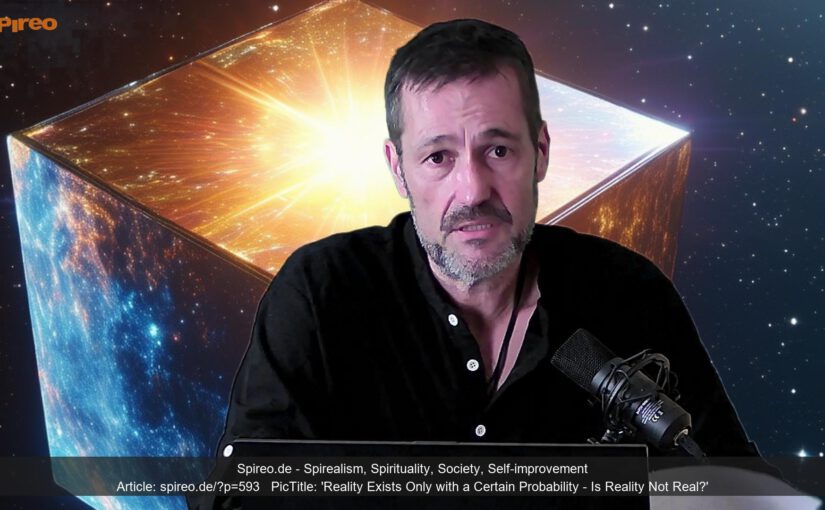What Is Reality? Thoughts as the Source of the World
The classic notion that reality exists independently of us is challenged here. Instead, the argument is made that consciousness and thoughts form the foundation of reality. The world is not a static construct of space and time but a dynamic field shaped through our thinking and perception.
This idea also appears in ancient wisdom traditions such as Zen Buddhism, which highlight the illusion of fixed objects. Reality is thus interpreted not as something objectively existing but as a process of consciousness.
Perspectives and Narratives: Many Truths Instead of One Reality
A central point is that there is no “one reality.” Instead, there are many truths that arise from different perspectives and narratives. Each viewpoint has its own logic and validity, shaped by cultural, social, or personal influences.
Narratives are not neutral; they shape how we understand the world. History, as we know it, is written by the victors and is always a product of perspective and interpretation. This highlights the subjective and multifaceted nature of our understanding of reality.
The 7 Principles for an Alternative Perspective
1. Consciousness as the Source: The world exists only through and within consciousness.
2. Relativity of Reality: There is no absolute reality, only numerous individual truths.
3. Thoughts Create Reality: What we think shapes our world.
4. Narratives and Perspectives: Our stories influence how we perceive reality.
5. Objectivity as an Illusion: The search for absolute objects is a materialistic concept that overlooks the complexity of consciousness.
6. Probability as a Structure: Events arise from probabilities, not fixed determinisms.
7. Dynamics Over Statics: Reality is a process, not a state.
These principles encourage us to view the world not as a fixed system but as a flexible structure dependent on consciousness.
Probability, Determinism, and the Role of Chance
What appears as chance is often the result of causal connections that we do not directly recognize. A dice-throwing example illustrates this: while the number on the surface seems random, its state is determined by physical and mechanical processes.
This model can be applied to reality. Events and truths arise from the interplay of probabilities and perspectives, showing that even what seems random has a deeper order. The world thus becomes not less fascinating but more complex.
